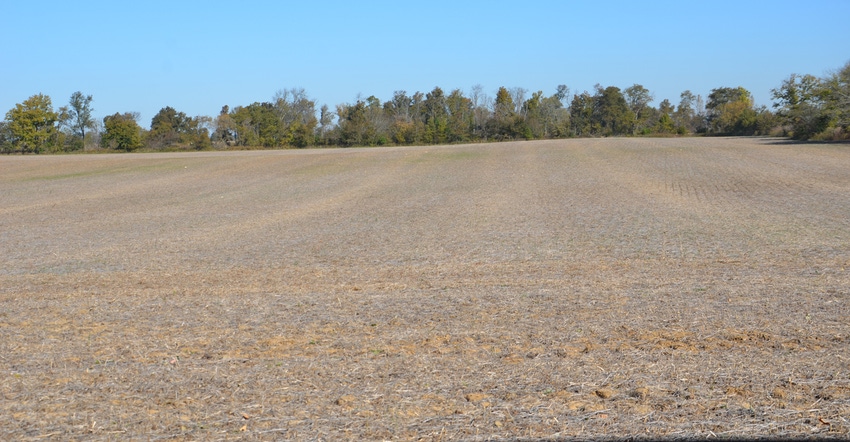January 21, 2019

We thought we had our crop rotation set for 2019, and we have seed purchased. However, we have 160 acres that were in soybeans in 2018, and we rutted it up getting them out. Experts say beans are the best bet to offset soil compaction. Should we go back with soybeans there this year?
The Profit Planners panel includes: David Erickson, farmer, Altona, Ill.; Mark Evans, Purdue Extension educator, Putnam County, Ind.; Jim Luzar, landowner and retired Purdue Extension educator, Greencastle, Ind.; and Steve Myers, farm manager, Busey Ag Resources, LeRoy, Ill.
Erickson: I think you should be able to manage proper seedbed preparation, so I would stay with your planned rotation. Second-year soybean yields can be risky if the weather goes against you, and corn may provide a better opportunity for income in the current market cycle. Don’t rush to the field this spring. Give the soil some time to heal, and make sure it’s fit to work if you need to make a tillage pass to repair damage.
Evans: Soybeans don’t offset soil compaction better than corn. However, they do compensate better than corn, particularly when other adverse weather conditions occur. Economically, while taking a longer-term approach to solving soil compaction from rutting woes, research led by Gary Steinhardt of Purdue University’s Department of Agronomy supports that soybeans will do better at compensating for soil compaction than corn. The stand may not look pretty, but the additional opportunity for branching and extended length with flowering favors the soybean plant over corn. Corn planted where ruts and compacted conditions occurred will result in a stand that is uneven.
While staying tuned in on field history for soybean cyst nematode and soybean diseases, a two- or even a three-year period of soybeans may be the best approach to correcting it over the longer term in the worst fields. In a typical year, soybeans would be harvested earliest, allowing for deep tillage during a dry fall and cover crop establishment to help build soil aggregate stability. To determine the best cover crop species, search the “Midwest Cover Crop Council Decision Tool” in your web browser.
Luzar: Plan for the rutted 160 acres as you would normally, considering budget projections, pest management issues and rotation benefits. Compaction created during harvest 2018 may be deeper than what the soil-mellowing impact of soybeans offers over corn. The main concern is to mediate the ruts this spring when soil moisture is not at field capacity with tile lines running.
Depending on drainage, soil type and crop residue, the more the rutted areas can dry before mediation, the better. Plan what crop can tolerate a possible later planting date to allow better soil drying. Longer-term improvement may come from cover crops and reduced tillage.
Myers: Excellent question following a tough fall! You didn’t mention postharvest tillage, so assuming none, do a corn budget, penciling in X in bushel-per-acre yield loss on that field. Maybe it’s 10 bushels per acre? Maybe it’s 20? Compare it to a normal soybean yield. Depending on the price spread, a penalized corn yield may still be better than soybeans. A typical freeze-thaw cycle can give you wonderful results, but any tillage fix needs to be considered. It may seem like fuzzy math, but see what that suggests.
You May Also Like




